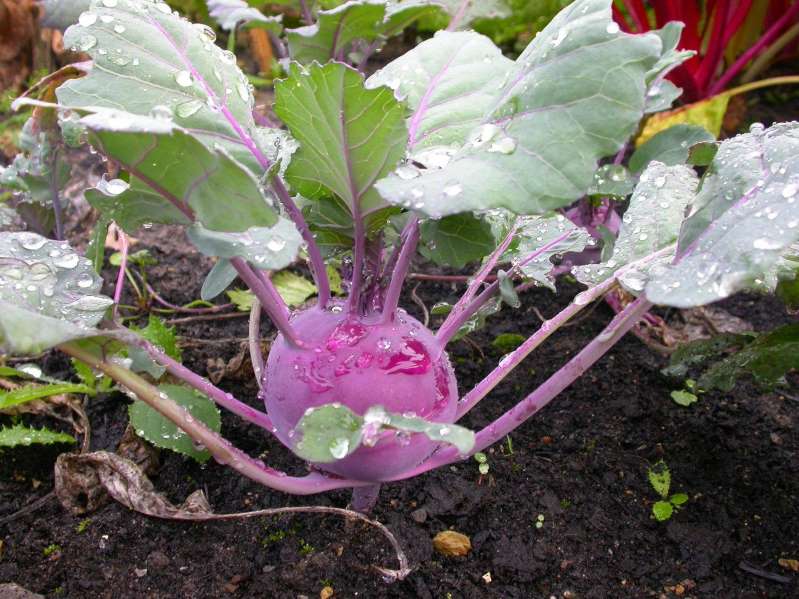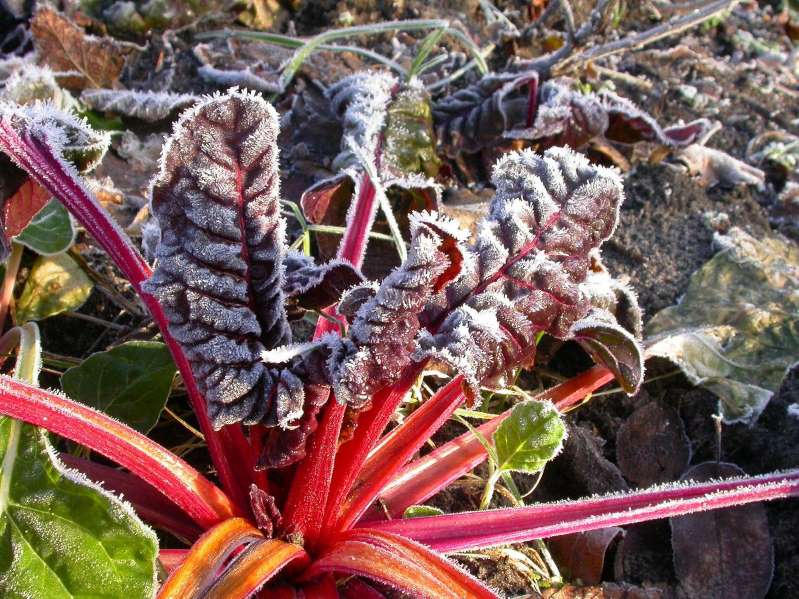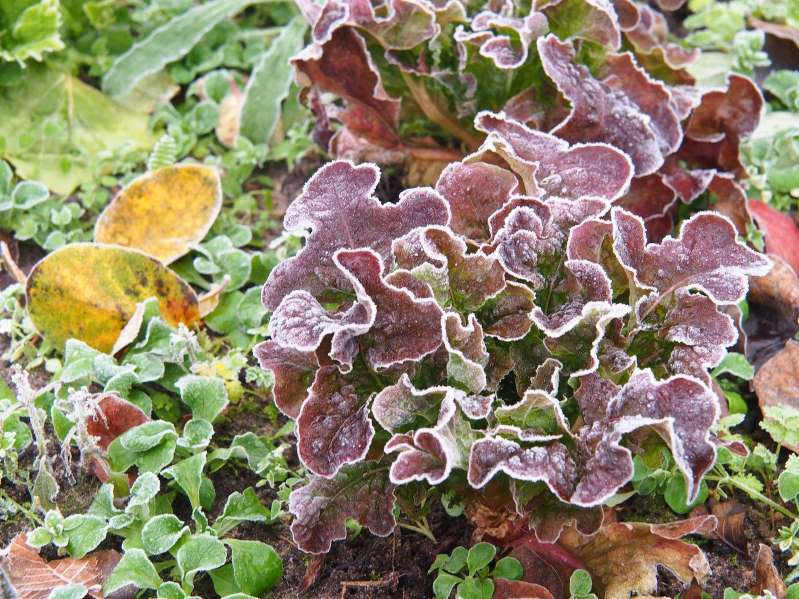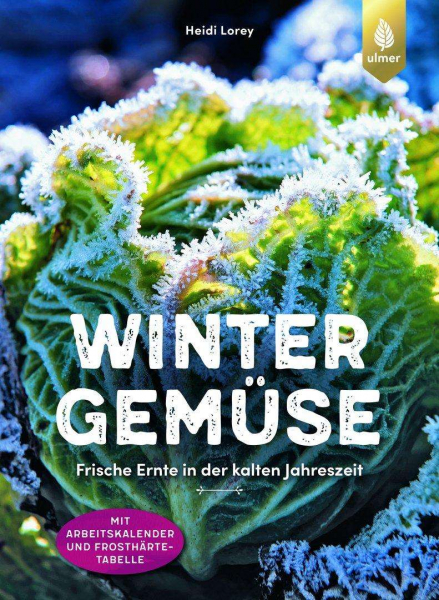Beds do not have to lie fallow in the cold season. Many varieties tolerate low temperatures.

When you think of vegetables from your own garden, it usually has to do with spring. One prefers small plants, when they are strong enough and the weather is right, they come into the bed. Harvesting takes place in the summer until early autumn. Half of the autumn the bed lies fallow, the winter months anyway.
Fresh vegetables in winter
Heidi Lorey, author of “Wintergemüse” shows that there is another way. “All winter vegetables tolerate colder temperatures well, and many are also frost-resistant.” These include types of cabbage, root vegetables, onion and leafy vegetables, such as carrots, leeks, spinach and lettuce, for example. The big advantage: you have fresh vegetables even in the cold season.
Choose the right varieties

Most of these vegetables no longer grow below -10 Celsius, but can be stored in the bed – as a refrigerator replacement – for example kale, cabbage, beetroot and parsnips. Another part of the winter vegetables overwinters as young plants in the bed, including spinach, lettuce and winter onions. “It is important to use the right varieties,” writes the author. In the case of lettuce, this is, for example, the winter salad “Humil” or “May King”. These strains just keep growing in spring once the temperatures rise.
This is how it works
For the cultivation of winter vegetables, a bed should be selected that will still receive the rays of the low sun even in winter. Often it remains largely frost-free throughout November and December at low altitudes; a cover with a fleece protects the plants from cold wind. A blanket of snow warms the winter vegetables like a warm blanket.
Harvest from January

You can start again in late summer after the first harvest, when the bed has become free. The plants grow in November and December and the harvest begins in January. From February some varieties can be sown again, for example leaf radish.
Harvest properly
From varieties such as winter spinach, rocket, Swiss chard and various winter salads, you repeatedly harvest some leaves. The heart and a few leaves always remain in the bed, so the leaves grow back again. Brussels sprouts also simply lead in the bed, the sprouts can be harvested as required, from bottom to top. So you can enjoy the harvest all winter.

Book tip
“Winter vegetables. Fresh harvest in the cold season ”by Heidi Lorey. The author presents 40 winter varieties and explains what to look out for. Ulmer Verlag, € 18.50

